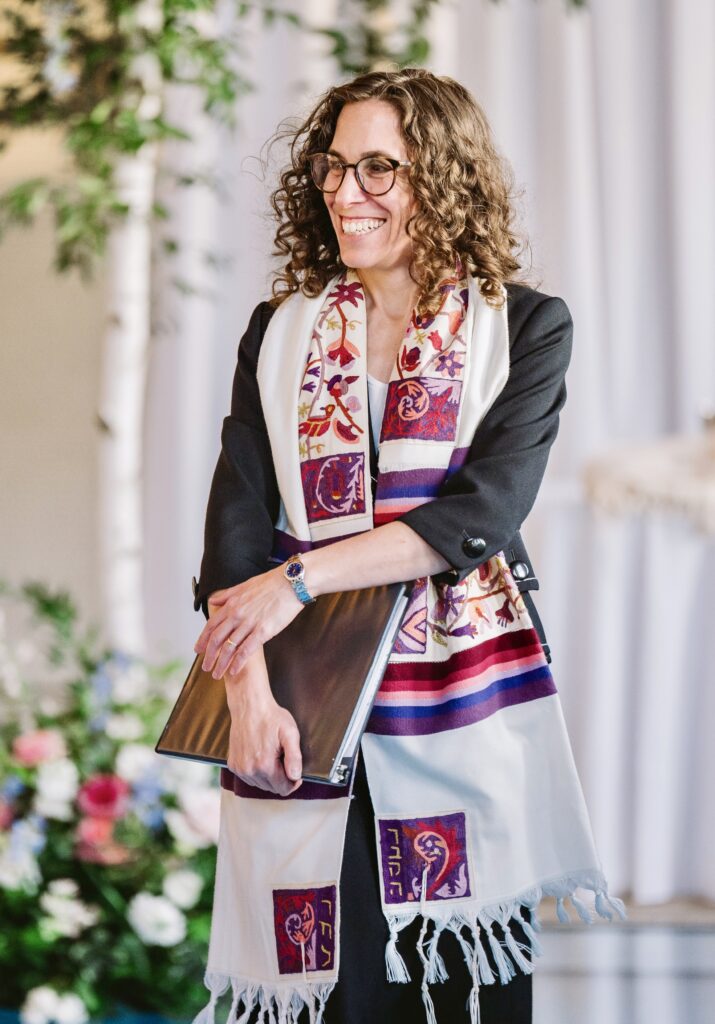Blog
Popular Articles
-
Being there for one another: Making a Shiva Call
•
Several years ago, in one of my first ventures into the world of online writing, my friend Jackie Lieberman and I collaborated on a post about making shiva call. Shiva is the period of mourning after a funeral, a time when friends and community members comfort the mourners. While many of us want to…
-
Returning Home to Camp Newman
•
Sharing the thank you letter I sent to the directors at URJ Camp Newman in Santa Rosa, CA following the wonderful summer I spent on faculty at my childhood camp. It was such an honor to be a camp rabbi! Dear Ruben, Erin and Allie, I wanted to write you all a (much) belated…
Please be in touch
I am










